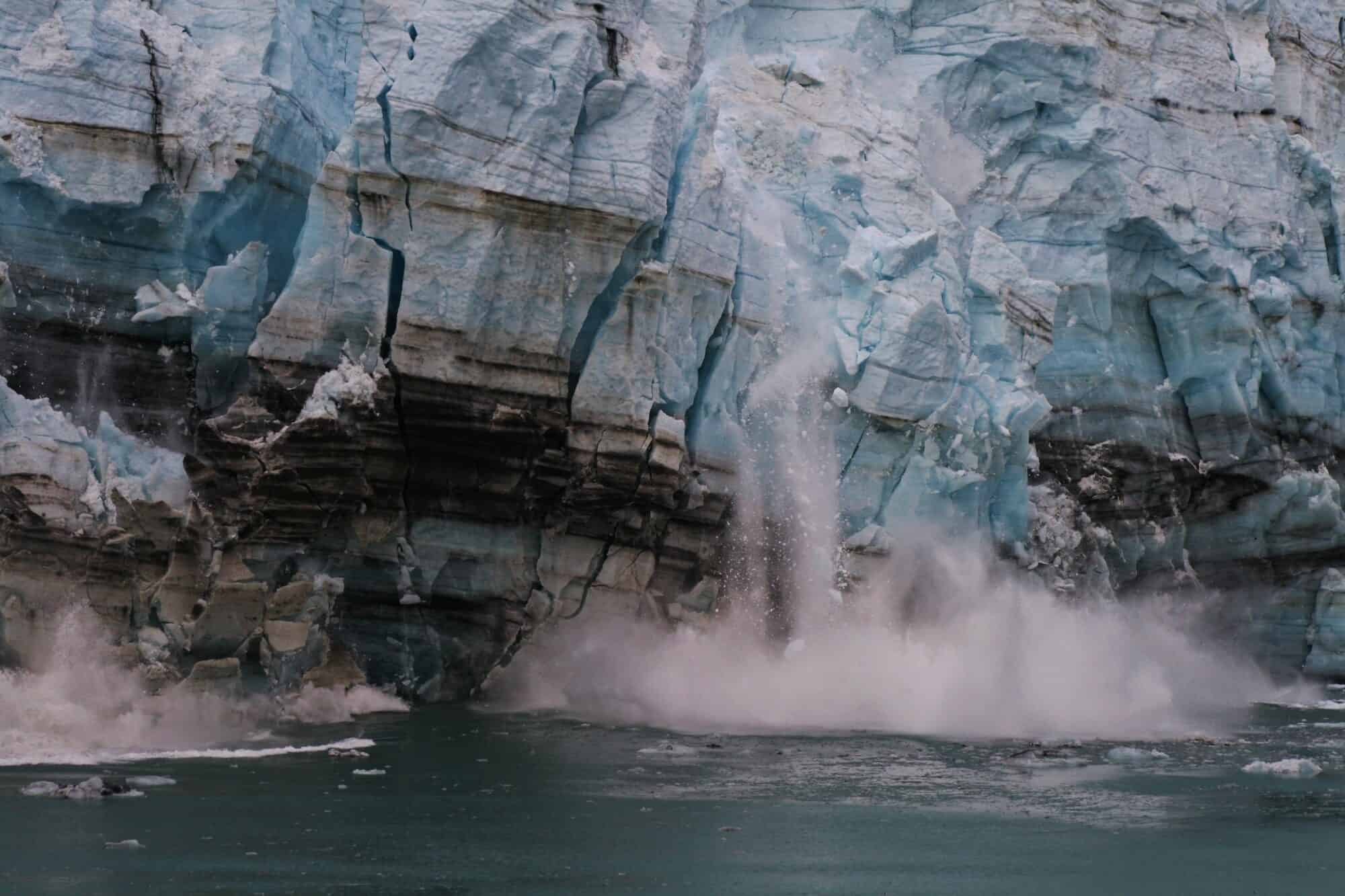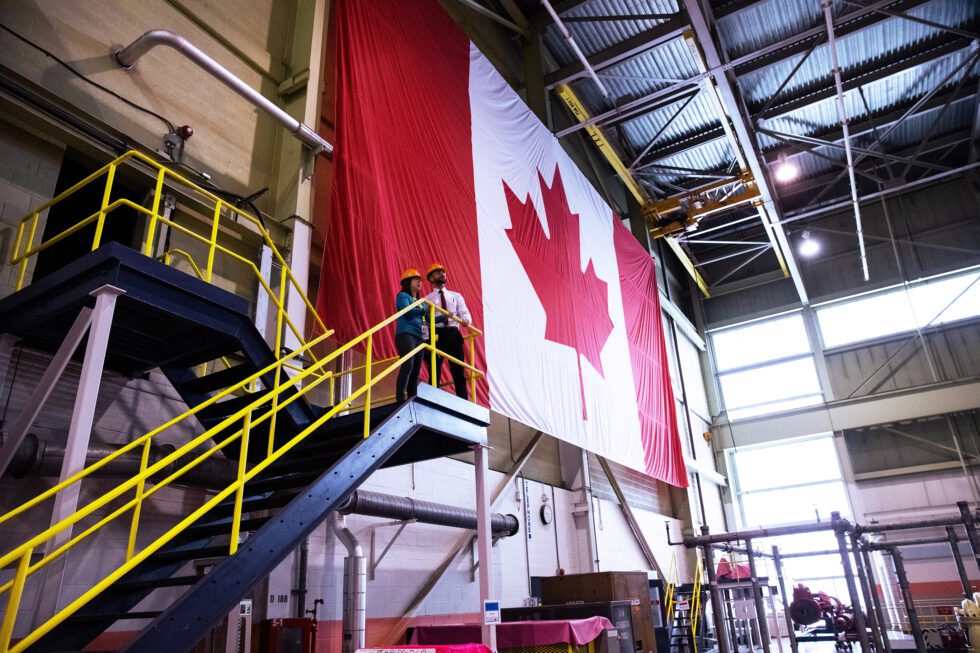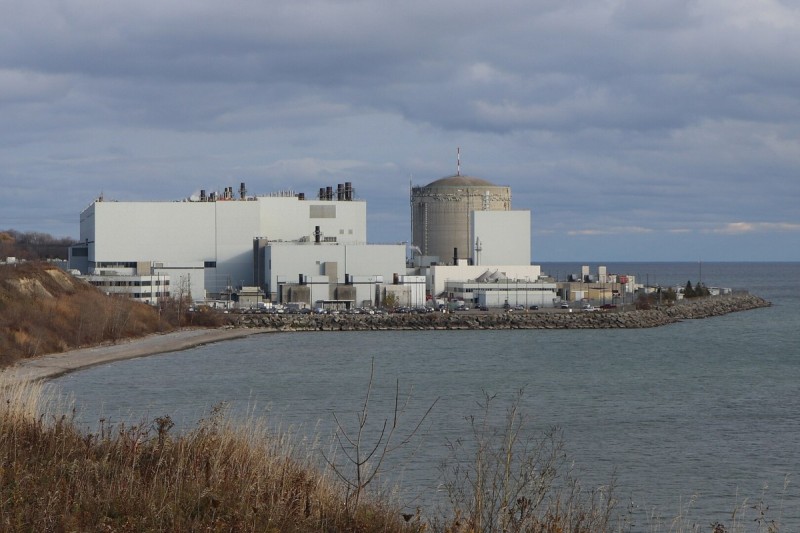The new Canadian government has certainly shot off the starting blocks at breakneck speed on climate policy. Catherine McKenna was more or less packing for a ministerial meeting in Paris while swearing her oath to become Minister of Environment and Climate Change.
The new department title was itself an important signalling device. A new cabinet committee on environment, climate change and energy was announced to work across departments on the issue. A raft of policies have been hinted at to be developed to meet the target submitted to the UNFCCC, although the target itself looks likely to remain unchanged.
So the optics have been very effectively presented, both for domestic and international audiences. Behind the scenes, the Liberals had clearly prepared well for coming into office, and that they would move quickly on the issue, presumably having their attention focused by the Paris COP that would start only six weeks after the election. But how much can we expect this to be translated into sustained action? After all, Canadian governments have made promising starts in the past and made many promises of action, only to be dashed. They have lots of work to do to persuade other countries that this time it’s different.
Policies are not the problem. There is a veritable smorgasbord of policy ideas. Many think tanks produced ideas in the run-up to the election. For example, a selection of academics from across the country produced a report on “acting on climate change”, while the Broadbent Institute and the Mowat Centre collaborated in producing a report on policy ideas entitled Step Change.
Action at the provincial level – which had been the basis for the Harper government offering a more ambitious target to the UNFCCC than many thought it would do – provides many ideas of what might work in a Canadian context, and what could be scaled up to the national level. The ambitious moves made by the Alberta government this week – a carbon tax, energy efficiency standards, a coal phase out – are a case in point. The federal government gives every sign that it has a sense of what sorts of policies might be needed.
The question is rather about the institutionalization of decision-making within the Canadian polity. Can they develop a system that ensures that the issue gets constant attention over the next few key decades? The committee they have set up ought to be at the heart of this system, but is it set up in a way that might be best placed to do this?
One dimension of the key challenge here they seem to have recognized well — the federal-provincial split in jurisdictional authority that has been one of the root causes of Canada’s inability over the years to get climate policy on track. But other issues are also key to institutionalizing climate policy decision-making in Canada.
What countries that have got their emissions under control have is a well-institutionalized process for integrating the monitoring of emissions trends and the policy making process, and to develop real-time policy adjustment in the face of evolving emissions trends. What this shows is the need for a routinized system of decision making to ensure that policy is developed in an iterative fashion to make sure that the policies being introduced are in fact meeting the commitments set.
This entails a number of processes:
- regular (quarterly, even monthly) data production of emissions levels, in a highly disaggregated fashion;
- evaluating the key trends in these data, to see if emissions trends are in line with commitments met;
- projection of the effects of policies on emissions followed by monitoring of the discrepancies between these models and the actual effects of policy;
- and a decision-making mechanism able to rapidly respond to the need for additional policy measures, or tightening up of existing policies, to fill the gap between the projected emissions reductions from policies and actual emissions trends.
Systems that combine this sort of micro-management with a broad strategic remit have become integral to the policy systems in countries that have managed in fact to start the process of decarbonising their economies in ways that Canada needs to start mimicking and adapting to Canadian conditions. And it is only with such an intensive policy development, evaluation and adaptive process that the commitments that Canada makes can become credible over time.
How Canada addresses this second crucial need however is very much affected by the federal-provincial question. Most of the countries that have started reducing emissions significantly are unitary states (the UK, Sweden), or at least much more centralised federal states (Germany), and indeed research has shown that centralized states find emissions easier to pursue than decentralised ones.
But the character of Canada’s federation precludes simply adopting systems from much more centralised polity, since the relationship between the emissions trends monitoring and evaluation processes sketched above and the resulting decision-making processes require multilevel coordination between federal and provincial actors. So this process needs to be done in such a way as to be directly integrated into decision making at both levels and in the way they collaborate. So the federal-provincial question itself becomes more complex than simply agreeing on appropriate divisions of labour between the two.
The research and experience from other countries suggests that an organization like the cabinet committee that has been established, if it is to become the central site of coordination of climate policy in Canada, needs to be reorganized to achieve that goal. As presently constituted, it has three key absences from its composition that will limit its ability to do that job effectively (at least as its composition is reported in the press).
First, it is chaired by Stéphane Dion rather than Justin Trudeau. Experience from elsewhere suggests the leadership of the process needs to come from the highest level – only a Prime Minister can exert the sort of authority to coordinate all the departments involved effectively, and indeed these processes tend to be coordinated by some sort of cabinet committee chaired by a Prime Minister. For example, only the Prime Minister can trump objections coming from the Finance Ministry or Natural Resources Canada, objections it is naïve to expect not to emerge over time. Dion will not have the authority to do that.
Second, there is no one from Finance on the committee. Finance is crucial both because of the centrality of fiscal policy to climate policy, but also because it has to sign off on any spending commitments
Third, the Department of Intergovernmental Affairs is not represented. Trudeau seems to have made himself minister responsible for this, which certainly means that coordinating this part of the puzzle ought to be easier. But the policy process in Canada has to be integrally multilevel, and this committee ought not to have to make negotiate separately.
At the same time some of the ministries included are of questionable strategic value. The Committee needs to be small if it is to have the strategic decision-making capacity. In that light, it is not clear why, say, ministers for Fisheries and Oceans or for Science are particularly crucial to that type of committee.
We will see how the organisational machinery evolves over the next few months and years. But the next few months are crucial to getting a system in place that can get us beyond the good optics and policy ideas to sustained action.





